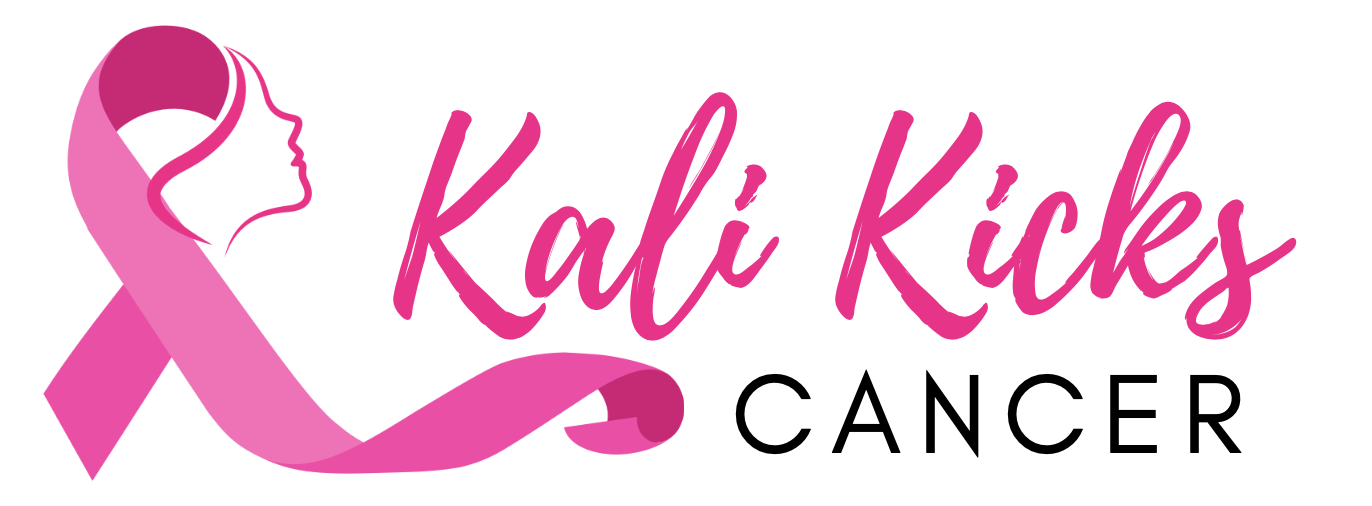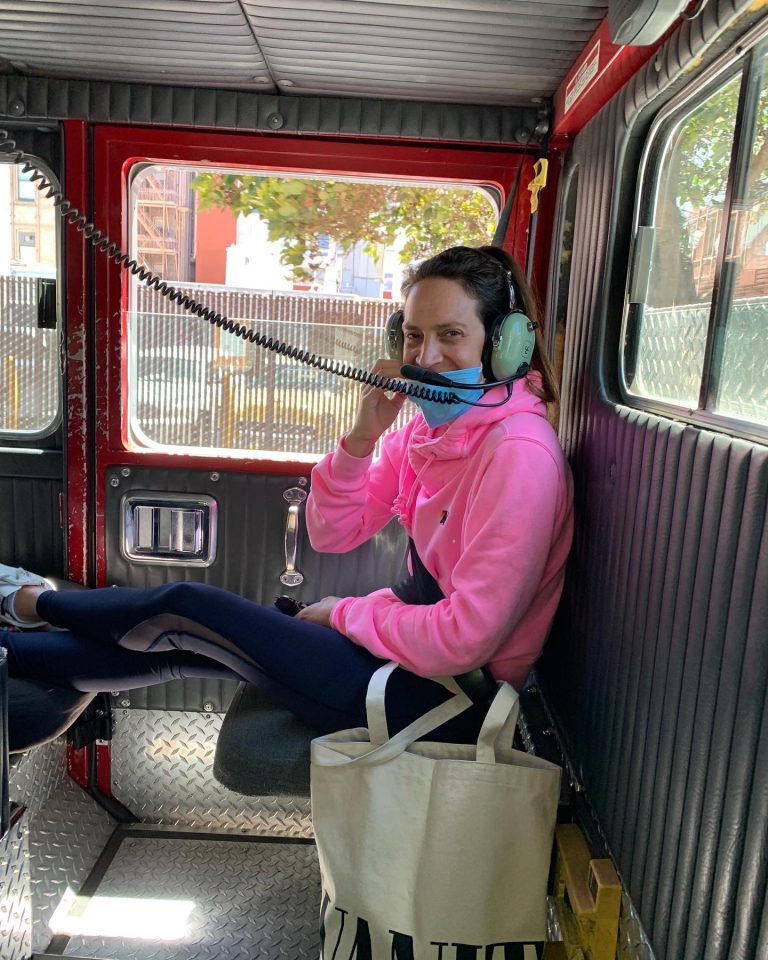In my previous post I shared a list of items that I found to be very helpful in my recovery from a bi-lateral mastectomy. My recovery period was a bit different as I encountered a fairly common infection and needed to have one of the expanders removed and replaced during a second surgery. Here is a link to my Post Mastectomy Complications, which describes my recovery and complications. In this post I will be sharing the process of radiation planning.
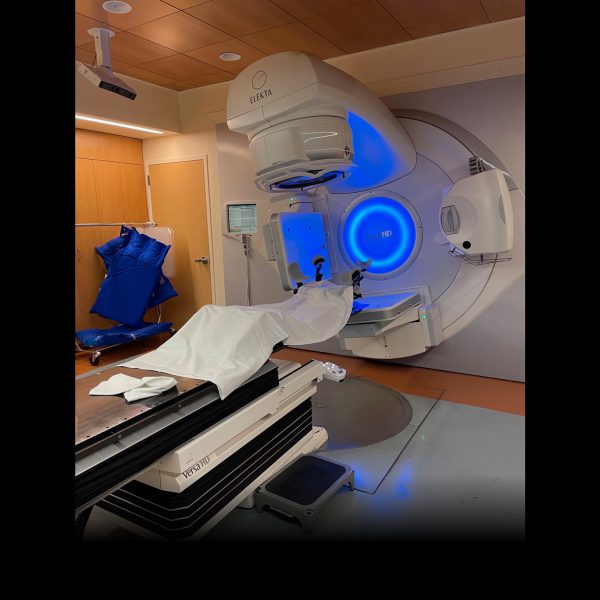
What is Radiation Planning
I had my initial radiation consultation and planning appointment with my radiation oncologist and radiation oncology technicians. It is essential to wait about 3 months in order for the body to heal post surgery before starting radiation. Since I had a few surgical complications it was essential to have the extra time for healing before starting radiation as it can harm the skin
The most important part of the meeting was a process called radiation “simulation.” This process usually includes imaging scans, such as CT (cat-scan), positioning of the body, and marking the skin with a tattoo.
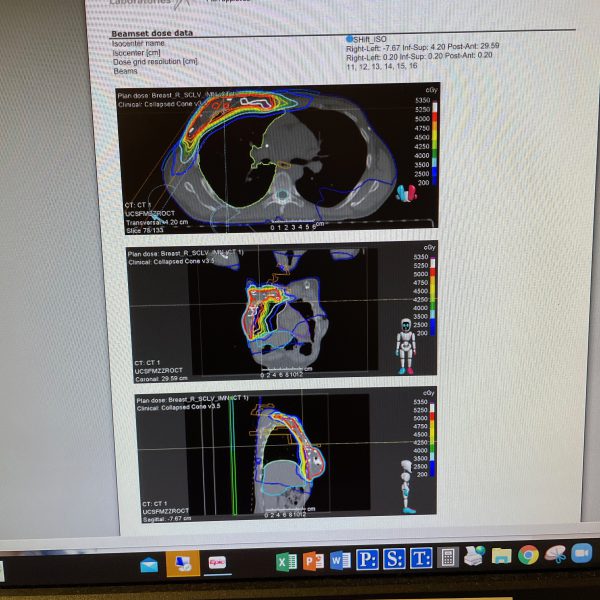
What’s a bolus?
The initial step was for the radiation technicians to carefully measure and position my body for a CT Scan. I had to wear a “bolus” or what I called my Super Woman shield, It is worn over my chest during the radiation treatment. The bolus was molded to my chest and fitted to me specifically. The red covering is a special wax that was hand molded to the shield to mimic skin and to bring the radiation to the surface of the breast and nipple. Since my tumor was so large I chose to have the most aggressive treatment plan. The bolus was put over my chest each time and then the tech’s would tape me to the table. As crazy as that sounds, it was essential that I did not move during radiation.
The radiation treatments were not painful and was straightforward other than having to maintain a specific position. When the procedure began, the radiation techs marked 5 spots on my chest using a sharpie and then took an x-ray to verify placement. They then tattooed the spots with a super small needle and ink. The mark is permanent, just like a tattoo, but unlike getting a tattoo, it’s a very small poke of a needle. The dots are so small, about the size of the tip of a ball point pen, and almost look like a freckle.
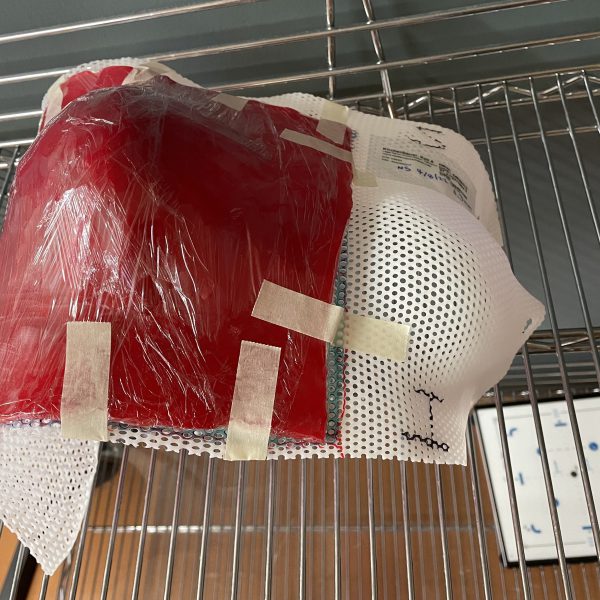
Positioning is crucial
The positioning and correct measurement is crucial as this is the exact position you will be in during every radiation treatment. The tattoos are used to align the patient’s body with the radiotherapy machines, so that the powerful treatment is delivered precisely for each treatment. The tattoos are permanent and will be another very small reminder of the treatment journey
Here is an article from The Mayo Clinic on radiation planning, which outlines the process in step-by-step videos.
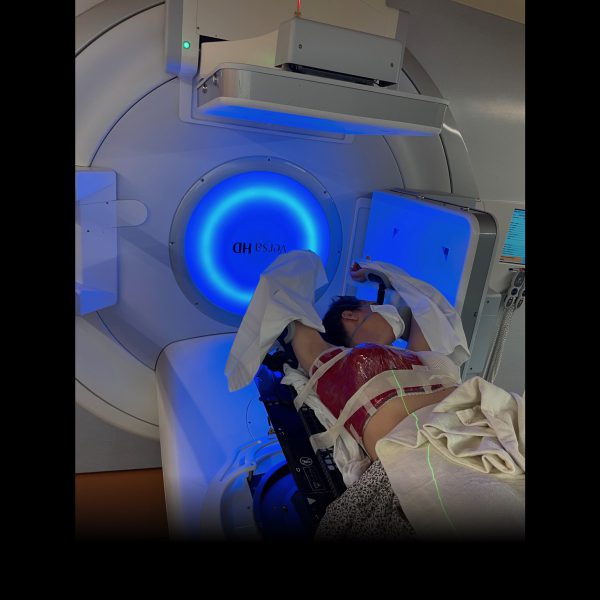
Side Effects
The most common and important side effects to keep in mind are skin irritation, burns, peeling and sensitivity to the skin as well as general fatigue. Radiation side effect typically show within week 2-3. Typical side effects include fatigue, skin irritation, such as a sun burn, peeling, itching and redness. After each session I applied a good amount of Calendula cream and at night applied a steroid cream. Calendula is an all natural salve to limit and help skin irritation or burn. The steroid cream is to help limit inflammation of the skin. Initially, clear plastic stickers were strategically placed by the nurse to further prevent my skin from irritation, but they didn’t last longer than a day and a half. They say that for people who tend to be more active, the stickers don’t last long, so that is why I was prescribed the steroid cream.
I saw my radiation oncologist every Wednesday where he would personally look at my skin and check for any new concerns. I also met weekly with a nurse practitioner who specializes in protection of the skin during radiation.
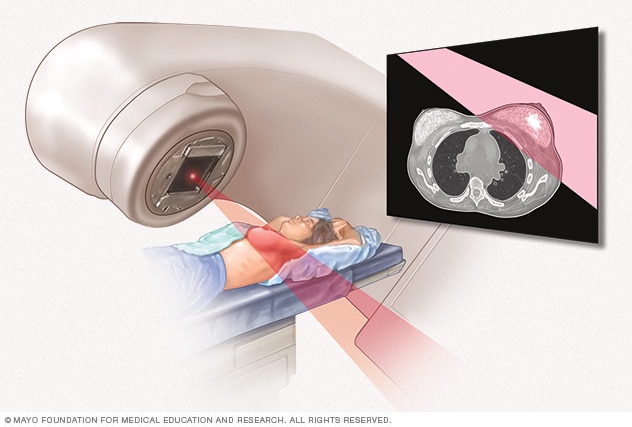
Goal of Radiation
I underwent a total of 25 sessions over 5 weeks every weekday. The goal of radiation is to eliminate and irradiate any possible microscopic evidence of cancer that may still exist and limit recurrence. The appointments will typically be 20-30 minutes, with 5 minutes of actual radiation.
My Dad referred to it as “carpet bombing,” as one more step to eradicate any microscopic evidence of cancer. Radiation is a part of the holistic treatment plan that includes chemotherapy, surgery and radiation.
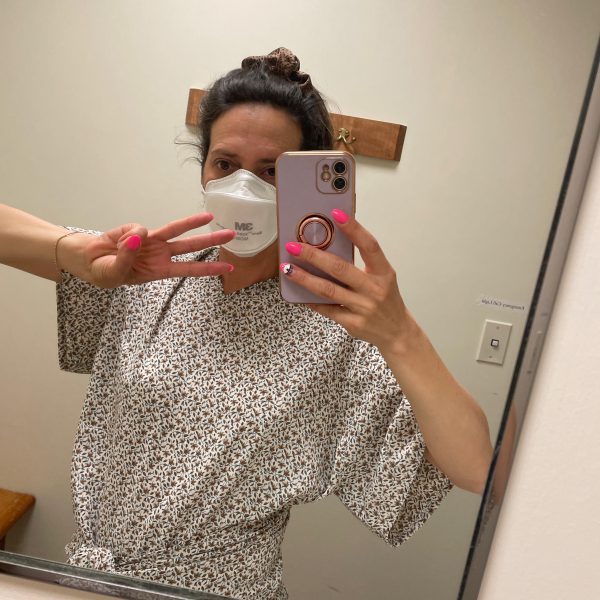
Conclusion
Thank you again for continuing to follow along on my breast cancer treatment journey. The journey is long and at times seems to last forever, but learning to take things one day at a time has helped. I hope you all continue to follow along as well as share my blog/website with others who may also find it helpful. Thanks again!
